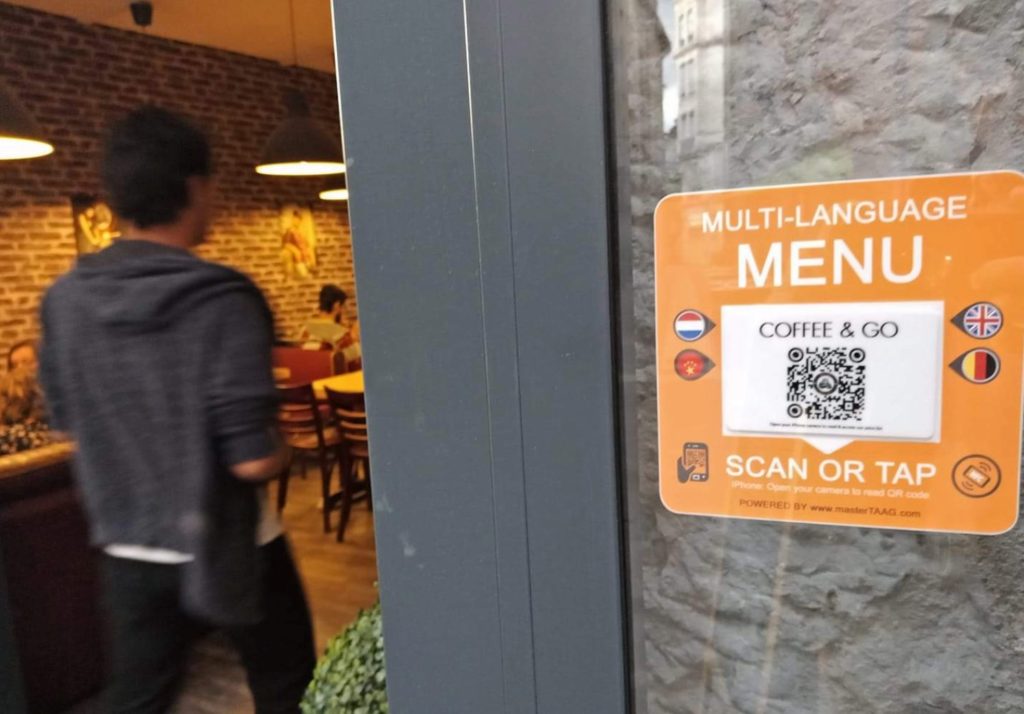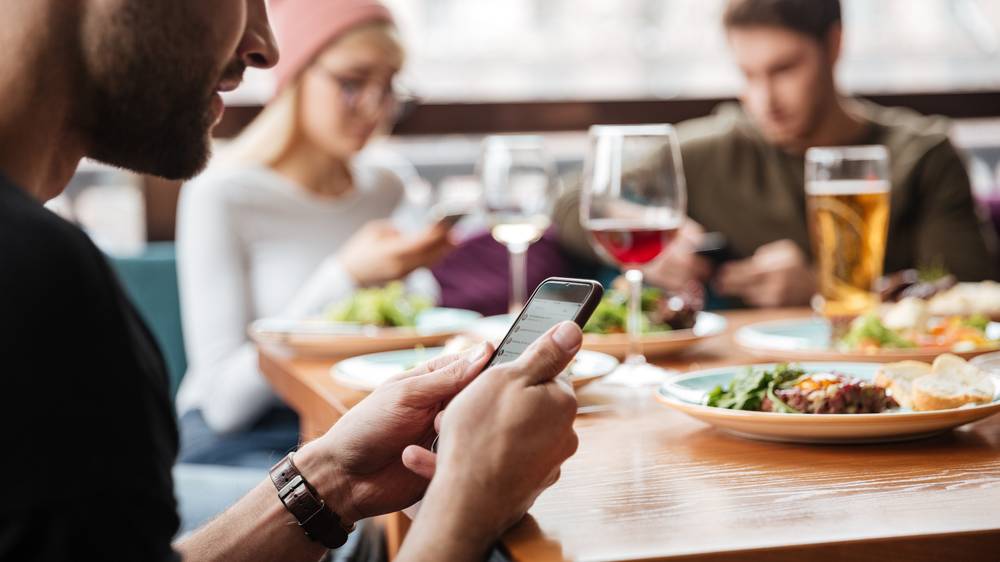A new era of transactions has arrived. Heralded in rapidly by Covid-19, contactless payment suddenly became the payment choice “du jour.” Globally, we were already setting out sights on obviating paper-cash and the need for pins; however, that reality has arrived sooner than expected.
What is contactless payment, and how does it work?
Otherwise known as “touch-free” payment, “remote” payment, and “tap-and-go,” contactless payment only requires an online connection. This connection is formed between the phone and the “Point of Payment” through a near-field-communication (NFC.) Once the payee taps their card or more often these days – simply hovers their card above the payment site – a unique code is created which marks the payment and is directly issued to the bank.

More recently, completely eliminating the need for cards, online financial apps are also offering customers the option to pay directly from their phones.
Growing in popularity since the rise of Covid-19, a mid-March study showed that 30% of the respondents took switched to contactless payments since the virus appeared. Interestingly, 70% of those users claimed they would continue using contactless payments post-COVID-19.
Naturally, this swift transition is down to a growing awareness of surface germs and contagion trajectory. But it can’t be denied that convenience still lies at the heart of people’s yearning for new and exciting Fintech innovations. Paired with banks across numerous countries, the Fintech industry has listened to this demand cry and, in turn, doled out the nifty QR code.
What are QR codes?
QR codes can be considered an expansion of contactless payment. Essentially QR codes are a form of barcode that contains directions to a particular website or online document. These codes are machine-readable, meaning that they require no physical contact whatsoever other than the proximity of a scanner (phone camera.) And that’s great for the germ-conscious. It also just happens to be great for business.

It’s possible that businesses stand to gain the most from turning away from tradition, particularly in the highly customer-driven accommodation and dining sectors.
How employing both contactless payment options and QR codes can enhance customer experience and increase revenue
Picture this. A health-conscious couple walks into a restaurant and is wary about touching anything that may be contaminated or unsterilized. To their delight, they’re met with a table-center QR code sign as they take their seats.
What they know is that they can simply scan this code, and the restaurant’s menu will appear on their phone – perfect. There’s no need to touch any haggard menus. Better yet, they are now at ease, knowing that the restaurant has their wellbeing and safety in mind.
They haven’t had to download an app or log in to an account to achieve this effect. All that’s left for them to do is select what they want and show it to a server.
And once they’re finished, they can tap to pay, especially now that contact payment limits are being eased in the interest of encouraging its use. Or, they can pay using an online payment app such as PayPal, Venmo, or Google Pay.
So, if customers benefit from the implementation of QR menu codes, why aren’t businesses eager to get started?
Benefits of pairing contactless payments and QR codes in business strategy
When a guest interacts with a business through their phone or social media, they’re more likely to share it, thus promoting the venue to their friends. Not only does this allow a business to monitor which aspect of their service/products is most attractive through increased data collection, but it can also drastically expand business reach.
What’s more, customer service receives a boost considering that human error is minimized, and guests can comprehensively view deals, specials, and other offers from the establishment. That means that instead of guests looking for entertainments or services elsewhere, they can become aware and avail of the hotel or restaurant services through QR code produced information.
So, it’s no surprise that in the age of technology, small and large businesses alike were capable of quickly shifting some of their core-processes online, including introducing QR scanning systems and expanding their contactless payment services.
Through using online QR code-accessed menus, a business can keep their menus up-to-date and relevant in real-time. It’s expected that dynamic digital menus and services will be the future of the service industry.
The push for digitization in the hospitality sector
In addition, as the number of financially-inclusive “digital banks” grows alongside tightening of security around contactless customer and card details, it seems the shift is inevitable. Customer’s expectations are also rising around the tech-savviness and convenience of a business. The more services they can receive digitally, the better for sales and rate of customer retention.

So, for highly customer-focused hospitality businesses such as restaurants or hotels, it’s worth adapting, optimizing, and potentially harmonizing both online/contactless payment options and a QR system. And, with research by MasterCard showing that 46% of the world’s population are currently using some form of non-cash payment – now is the best time to make the switch.
Fortunately, the transition is easy. Implementing a contactless payment system and rolling out a campaign of business-related QR codes requires consulting an IT firm, company bank, and buying the necessary equipment. QR codes are notoriously easy to implement due to their click-and-go production.
So, as the Fintech industry, banks, and businesses’ rush to accommodate new customer needs, a QR and contactless payment system seems like the fastest and surest way to stay on-top of the ever-changing market.
Discover MasterTAAG, a fully integrated Contactless Menu & Payment.
